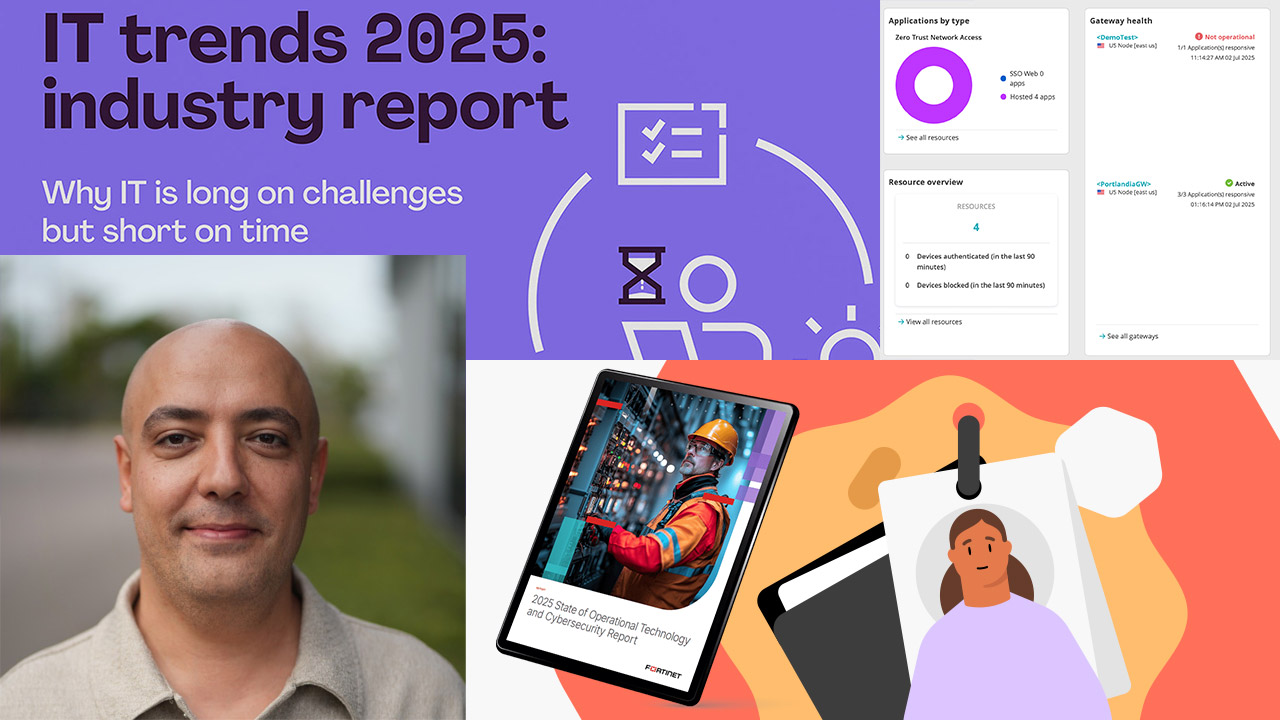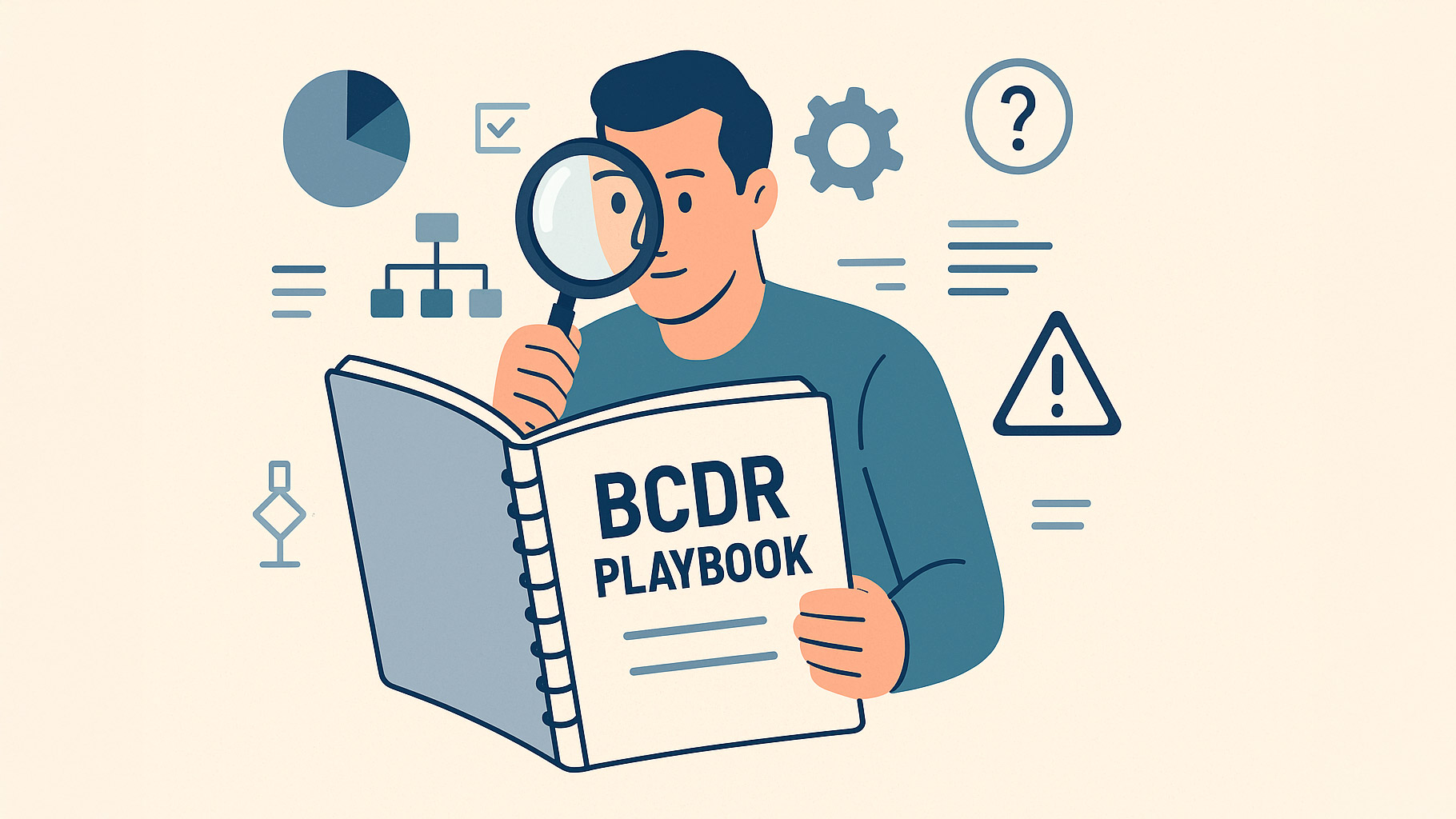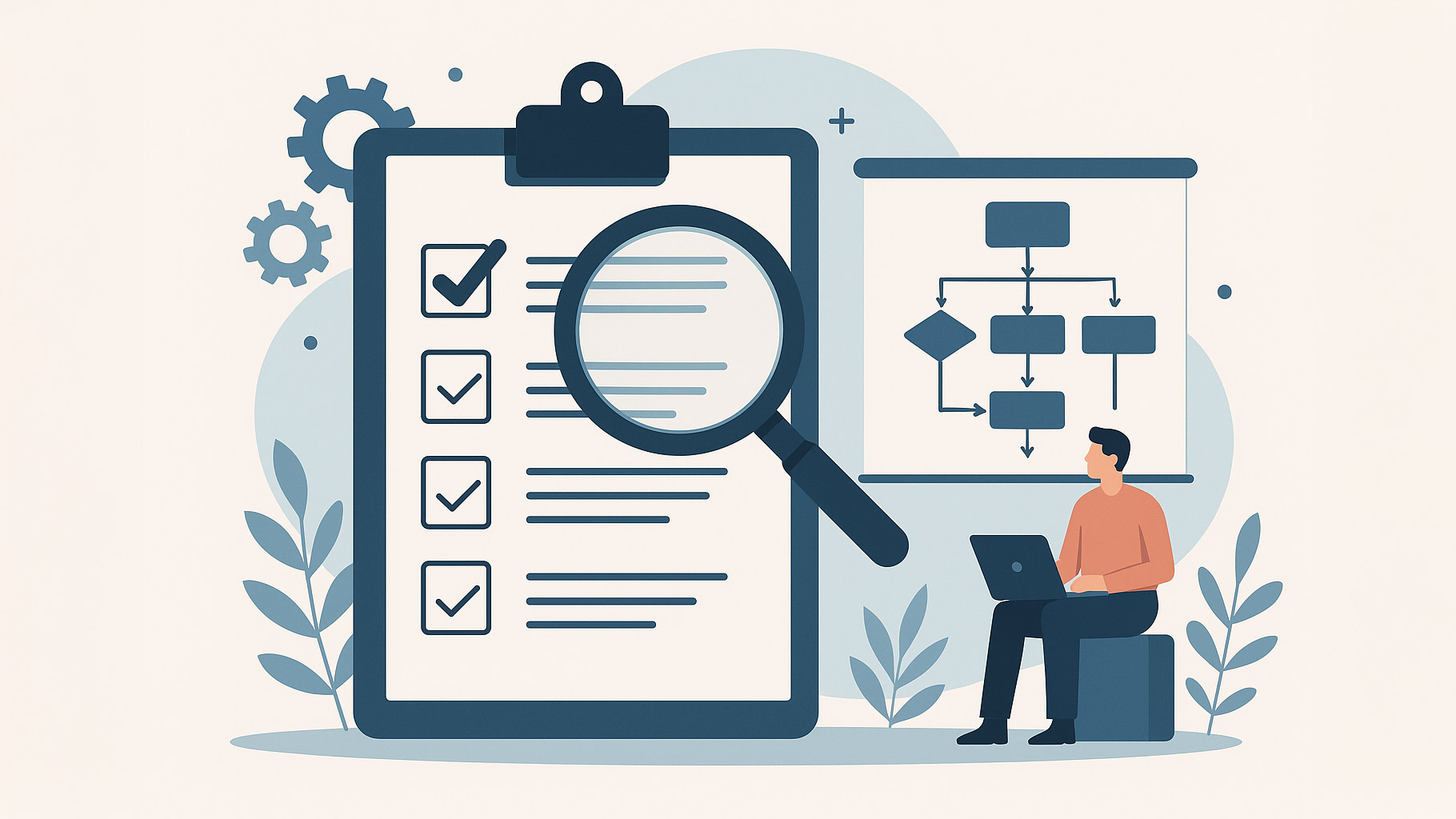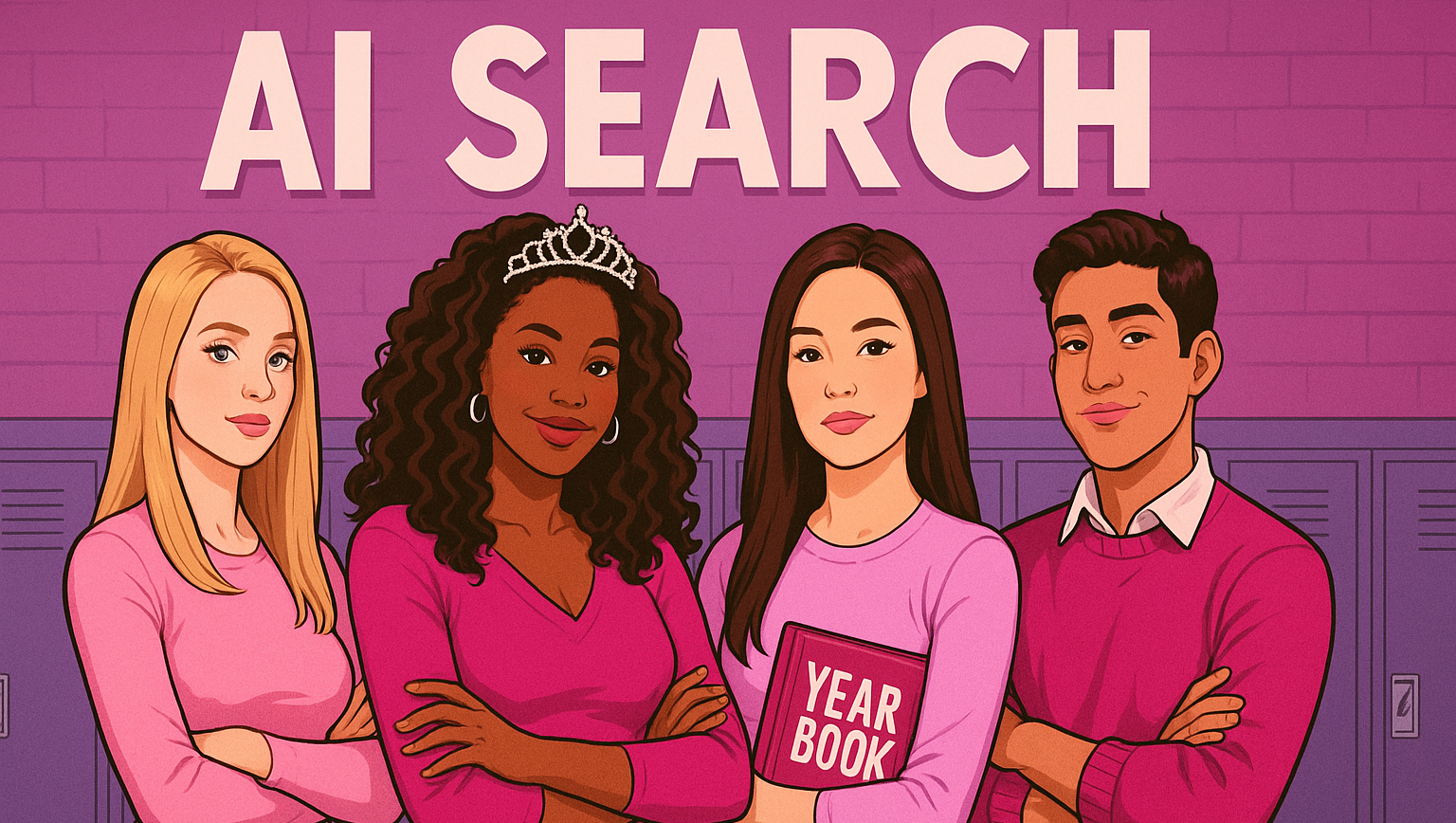FOR DAWN SIZER, workplace equity means supporting employees’ individual circumstances and giving them the tools they need to be successful. “”You’ve hired an electrician and you’ve hired a carpenter. If you gave them both the same set of carpentry tools, who’s going to be more successful?”” poses the CEO of Third Element Consulting, an MSP in Mechanicsburg, Pa.
Equity differs from equality, which is about inputs—hiring an equal balance of diverse workers, for example, or providing every worker with the same training, says Mimi Fox Melton, CEO of Code2040, a nonprofit working to achieve racial equity in the tech industry. Equality “”doesn’t take into account the historical power imbalance between people with impacted identities, so women, people of color, and especially, of course, women of color,”” she explains.
In contrast, she says, equity is about outputs: How well do the people you hire actually do? How much money do they make? How is their quality of life at work? Are they advancing? “”With equity, you make adjustments based on the outcomes that you’re seeing,”” she says. “”So rather than measuring your efforts, you’re measuring the impact of your efforts.””
Creating wealth for diverse workers is one outcome of equity, says Phillip Walker, CEO of Network Solutions Provider, an MSP in Manhattan Beach, Calif. “”You are allowing for opportunities that are life changing or business changing that are long lasting,”” he says.
In the context of workplace justice and diversity, achieving equity requires removing organizational barriers or “”red tape that prevents some people from being successful,”” says Demetria Miles-McDonald, CEO of Decide Diversity, a company focused on increasing the presence and effectiveness of underrepresented groups in the workplace. For example, she says, to advance in some organizations you may need a certain number of years on the job or a certain kind of experience, which puts up a barrier for someone who has other experience that may make them a great leader.
Culture can also be a barrier. When businesses are struggling to hire or advance people of color or women, Fox Melton encourages businesses to look internally rather than assume the problem lies with the worker. She says workplaces committed to equity are asking hard questions like, “”What if we’ve actually built this [organization] so that white men are the most likely to be successful here? And that’s actually why white men are the most successful here,”” explains Fox Melton. The next question to ask is, what can a business do differently to enable the success of diverse workers?
Investing in the success of each employee starts with asking what they need, says Sizer, who has created quiet spaces for neurodivergent employees who struggle with distractions in the office, installed soft lighting, and issued noise cancelling headphones. For new hires grappling with student loans or with buying a first car or house, she brought in a financial planner to help them.
Walker, who invests heavily in training to advance his techs, recognized that some workers struggled with the classroom environment and needed a more hands-on learning experience, so he made adjustments. “”It’s a case by case basis and being open to it”” to meet individual needs, he notes.
For businesses that want to create an equitable workplace, Miles-McDonald advises collecting and examining organizational data such as wages by role, staff turnover, and leadership composition. That will help you determine where inequities exist and what the source is. “”Oftentimes, some of the solutions, or what we believe to be solutions to deal with diversity, equity, and inclusion, are really just surface-level Band-Aids. They don’t get to the root cause of why these inequities exist in the first place.””
Data-based insight helps an organization address pushback from employees who may not be on board with equity goals. “”You want to be able to say, because of our intentionality, because we’re looking at the data … we have a solution that works [and] has moved the needle for our organization,”” says Miles-McDonald.
Communication with employees is key, Sizer adds. “”Without the understanding that equity is not equality, they’re going to misconstrue the two.””
Image: iStock















